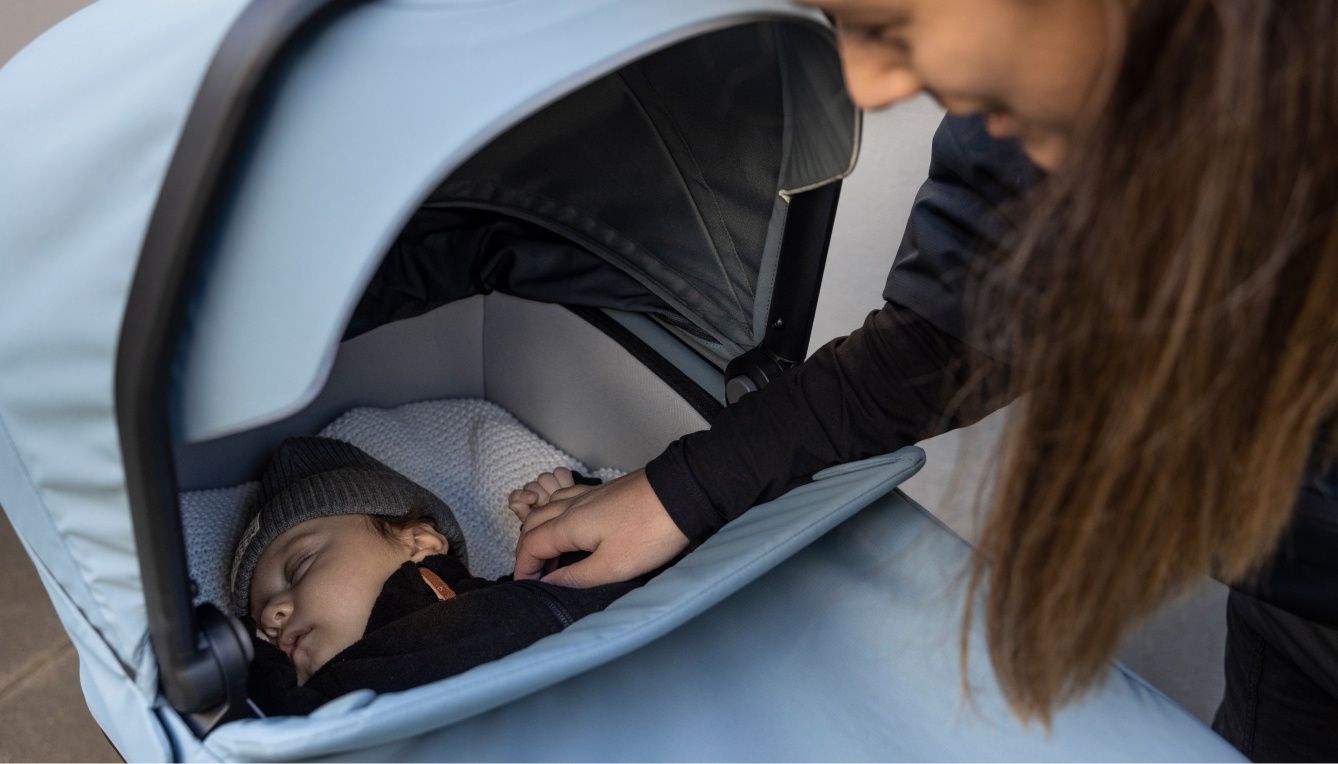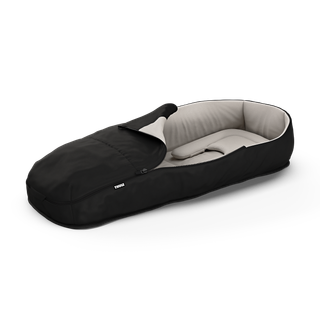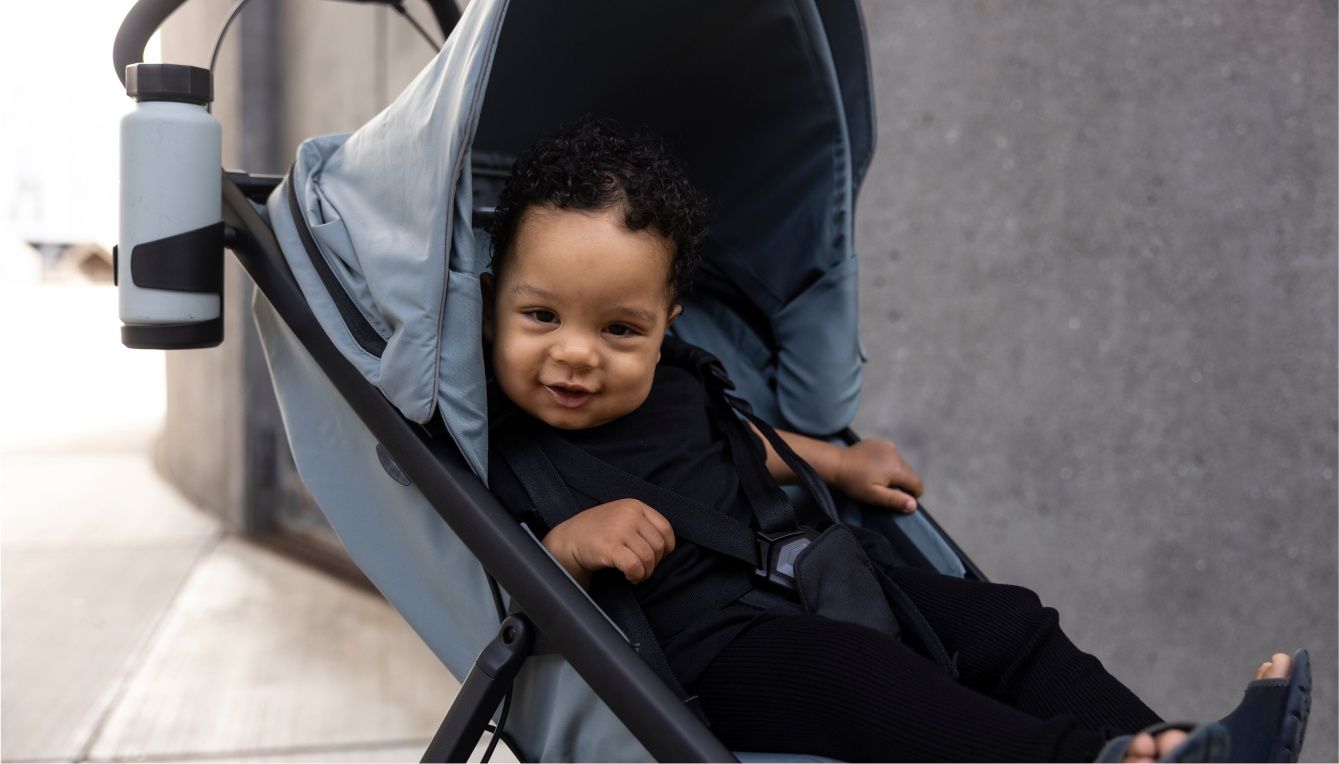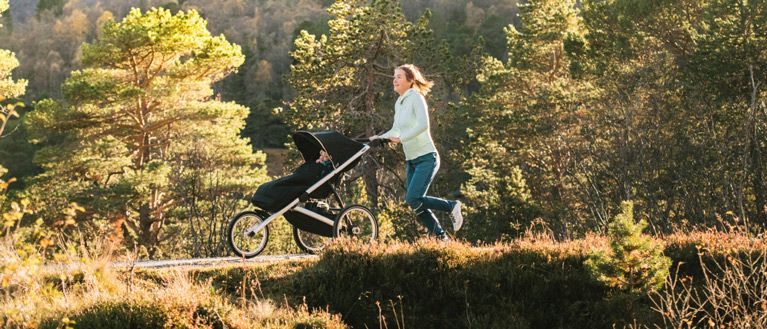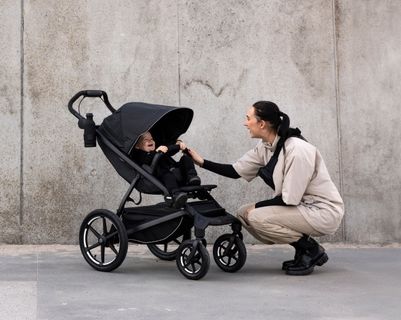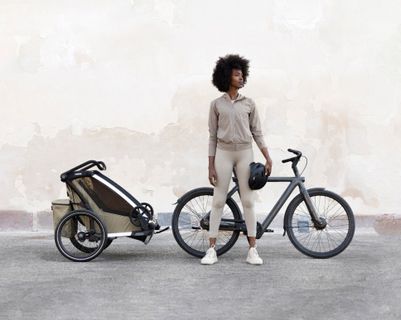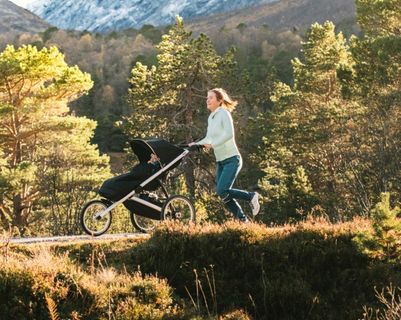At Thule, safety is more than a feature. It’s what informs our product development every step of the way. At the Thule Test Center™ products go through extreme tests before they can bear the Thule logo.
We spoke to Marie Louise, otherwise known as @the_modern_midwife, a qualified midwife and mother who has worked for 12 years delivering babies. We asked her for her advice for new parents.
Read on to learn about what we do to ensure that our strollers are as safe as possible for your little one. Also, get tips about how your child can ride their stroller in the safest possible way!
In this article

